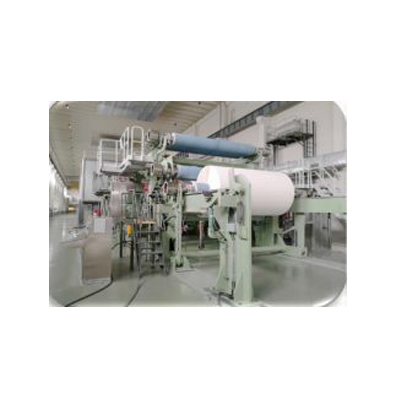- Home
- Duplex Board Specification by Leading Manufacturers for Quality Assurance and Performance
Oct . 05, 2024 16:33 Back to list
Duplex Board Specification by Leading Manufacturers for Quality Assurance and Performance
Understanding Duplex Board Specification for Manufacturers
Duplex board, a popular material in various industries, is known for its versatility and sustainability. Manufacturers looking to utilize duplex board must comprehend its specifications to ensure optimal performance in their intended applications. This article delves into the key specifications of duplex board and highlights its significance for manufacturers.
Duplex board is typically made from recycled paper and wood fibers, making it an environmentally friendly choice. Its surface is usually coated, providing a smooth finish that can be printed on with different types of inks. The board is commonly used in packaging, such as boxes, cartons, and displays, due to its excellent print quality and strength.
When considering duplex board specifications, several essential factors come into play. One of the primary specifications is the grammage, which refers to the weight of the board per unit area, usually measured in grams per square meter (g/m²). Common grammage for duplex boards ranges from 200 g/m² to 300 g/m², depending on the manufacturer and the intended application. A heavier board will typically provide greater durability, making it suitable for shipping and storage purposes.
duplex board specification manufacturer

Another important specification is thickness. Duplex boards generally come in various thicknesses, ranging from 0.3 mm to 1.5 mm. The thickness influences the board's rigidity and strength, which are critical for packaging applications where structural integrity is essential. Manufacturers should select the appropriate thickness based on the product's requirements, such as weight and fragility.
The smoothness of the duplex board's surface is also crucial for printing applications. A smooth finish enhances ink adhesion and color vibrancy, leading to high-quality print results. Manufacturers may need to evaluate the surface treatment options, such as clay coating or varnishing, which can improve print quality while adding protective layers.
Moisture content is another specification that manufacturers should consider. Duplex board should maintain a balanced moisture level to prevent curling or warping during production and use. Typically, the moisture content should be kept around 5-8%. This characteristic is particularly important in regions with high humidity.
In summary, duplex board is a versatile material that offers manufacturers numerous advantages, including print quality, strength, and environmental sustainability. By understanding the key specifications—grammage, thickness, surface smoothness, and moisture content—manufacturers can make informed decisions when selecting duplex board for their applications. As industries continue to embrace sustainable materials, duplex board remains a preferred choice for packaging and printing solutions.
Latest news
-
High-Quality Bathroom Cabinet Contact Paper – Durable & Stylish Leading Suppliers, Exporters, Manufacturers
NewsJul.08,2025
-
Premium Wood Contact Paper for Desk – Reliable Suppliers & Exporters
NewsJul.08,2025
-
Premium Contact Paper for Table Top – Durable & Stylish Surface Solution from Leading Manufacturer
NewsJul.07,2025
-
Duplex Board with Grey Back - Reliable Supplier & Competitive Price Manufacturer & Exporter
NewsJul.07,2025
-
Premium White Contact Paper on Cabinets – Trusted Exporters & Suppliers
NewsJul.06,2025
-
High-Quality Duplex Board Packaging for Food Reliable Manufacturer & Supplier
NewsJul.06,2025

